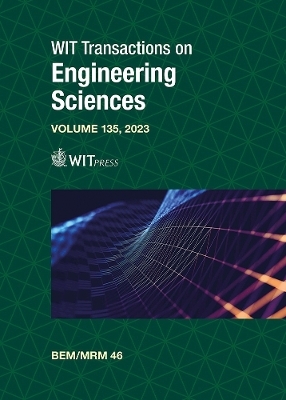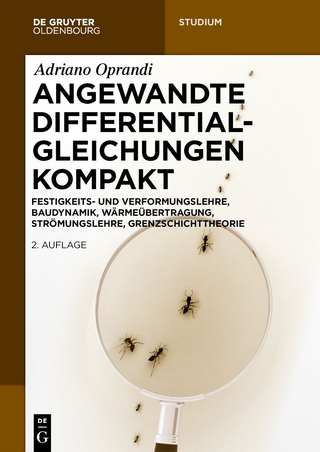
Boundary Elements and Other Mesh Reduction Methods XLVI
WIT Press (Verlag)
9781784664855 (ISBN)
Theoretical advances and new foundations have been reported at the Conference for more than 40 years which has helped expand the range of applications as well as the type of materials in response to industrial and professional requirements. Since the conference started it has attracted high quality papers that report further advances in techniques that reduce or eliminate the type of meshes associated with finite elements or finite differences, for instance.
As design, analysis and manufacture become more integrated, the chances are that the users will be less aware of the capabilities of the analytical techniques that are at the core of the process. This reinforces the need to retain expertise in certain specialised areas of numerical methods, such as BEM/MRM, to ensure that all new tools perform satisfactorily in the integrated process.
The maturity of BEM since 1978 has resulted in a substantial number of industrial applications, which demonstrate the accuracy, robustness and easy use of the technique. Their range still needs to be widened, taking into account the potentialities of the Mesh Reduction techniques in general.
The papers included in this volume originate from the 46th conference on Boundary Elements and other Mesh Reduction Methods (BEM/MRM) which acts as a forum to discuss new ideas and critically compare results before the solution and tools are released to the end users.
Section 1: Electrical engineering and electromagnetics
Boundary element based dosimetry methods for the assessment of
human exposure to radiation from 5G mobile systems;Analysis of planar skin model exposed to dipole antenna radiation featuring the use of the MOM-MOM approach
Section 2: Design optimisation and inverse problems
Finite element method/boundary element method-based microstructural topology optimization of submerged bi-material thin-walled structures; Treatment of topology optimization of a two-dimensional field governed by Laplace’s equation under nonlinear boundary condition
Section 3: Advanced formulations
Quadrature rule for solving the Helmholtz equation in hypersingular BEM formulation;
Real- and complex-variable implementations of the consistent boundary element method in two-dimensional elasticity: A comparative assessment
Section 4: Computational methods
Modelling of fire resistance and mechanical performance of glass façades; Comparison of the boundary element method and the method of fundamental solutions for analysis of potential and elasticity problems in convex and concave domains; Meshless solution combined with the DRBEM for plate buckling analysis
Section 5: Fluid flow modelling
Novel boundary integral method for slow free surface flows; Stokes equation solution using the localized method of fundamental solutions with a global basis; Barnes–Hut/multipole fast algorithm in the Lagrangian vortex method; Hierarchy of numerical schemes for the BIE solution in 2D flow simulation using vortex methods; Open-source parallel codes for 2D and 3D flow simulation by Lagrangian vortex methods
| Erscheinungsdatum | 30.11.2023 |
|---|---|
| Reihe/Serie | WIT Transactions on Engineering Sciences ; 135 |
| Verlagsort | Southampton |
| Sprache | englisch |
| Maße | 178 x 254 mm |
| Themenwelt | Mathematik / Informatik ► Mathematik ► Analysis |
| Mathematik / Informatik ► Mathematik ► Angewandte Mathematik | |
| ISBN-13 | 9781784664855 / 9781784664855 |
| Zustand | Neuware |
| Informationen gemäß Produktsicherheitsverordnung (GPSR) | |
| Haben Sie eine Frage zum Produkt? |
aus dem Bereich


